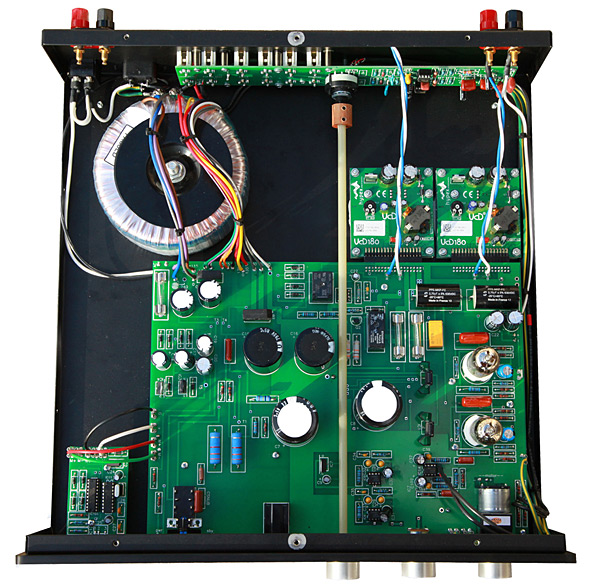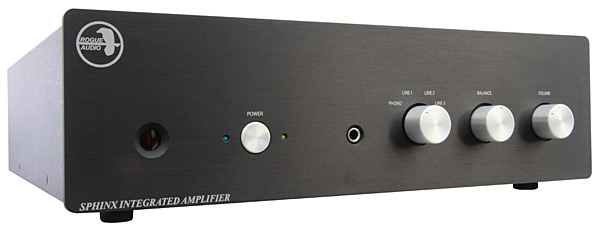| Columns Retired Columns & Blogs |
It’s nice to see that another manufacturer using Hypex’s OEM class-D amplifier modules perform so well. The last one Stereophile tested was the MBL Corona C15 monoblock power amplifier and it also performed very nicely (http://www.stereophile.com/content/mbl-corona-c15-monoblock-power-amplifier).
Visually the 415 kHz ripple on the output appears incongruent to high quality audio, but apparently it doesn’t seem to impact the listening experience Mr. Reichert’s and Mr. Atkinson had. Makes you wonder if having a linear amplifier with radio frequency bandwidths (200khz and above) is really necessary or just a marketing ploy. The best tweeter rolls off sharply above 40 Khz and there is the question whether any audio information in any source goes beyond a few tens of kilohertz.
Hypex is demonstrating that Class-D has made it's place in the audiophile world when implemented properly.
Thank you for the review Stereophile.











































